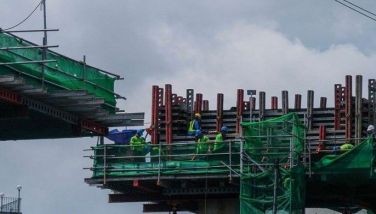PCA downplays scale infestation
MANILA, Philippines - The Philippine Coconut Authority (PCA) is assuring farmers that the still prevailing scale infestation in plantations in Batangas, Laguna, Cavite and Quezon is not detrimental to the industry
As of this month, the infestation has only affected .05 percent of the 340 million coconut trees in the country.
As of June 17, 2013, about 931,139 coconut were infested but have been pruned and spayed with water containing cochin oil and dishwashing solution to eliminate scale insects. Fertilizer had also been applied to these.
The scale insects attacking coconut plants in the provinces feed on sap drawn from the plant’s vascular system.
This results to the yellowing of leaves progressing to drying and wilting in young and old palms. Premature nut fall also contributes to yield reduction.
The problems that prevent total eradication, according to PCA, are the lack of powerful sprayers for tall trees and the lack of manpower to repeat the spraying at least once every month for three months.
The agency said massive spraying in the towns of Malvar and Lemery in Batangas is on-going.
PCA is acquiring more sprayers and is increasing its stock of spray solution.
It will also establish more mass production laboratories of predatory insects in addition to the two already existing.
Data from the Bureau of Agricultural Statistics (BAS) showed that coconut production in the first three months of the year rose 0.27 percent to 3.626 million MT from 3.616 million MT in the same period in 2012.
BAS attributed the slightly higher production volume to increased planting area and number of bearing trees in Sultan Kudarat.
Effective control of coconut leaf beetle and fertilization program in Zamboanga Sibugay and increase of bearing trees in Zamboanga del Norte also raised production by 3.55 percent in the Zamboanga Peninsula.
Increased demand for local consumption and for export also encouraged farmers in Eastern Visayas, allowing production to rise 3.16 percent.
The top coconut-producing regions for the period were Region Xl (Davao Region), Region IX (Zamboanga Peninsula), Region X (Northern Mindanao), Region Vlll (Eastern Visayas), and ARMM.
The modest growth in coconut production volume was also caused by the prevailing scale insect infestation in towns in Batangas.
- Latest
- Trending




























